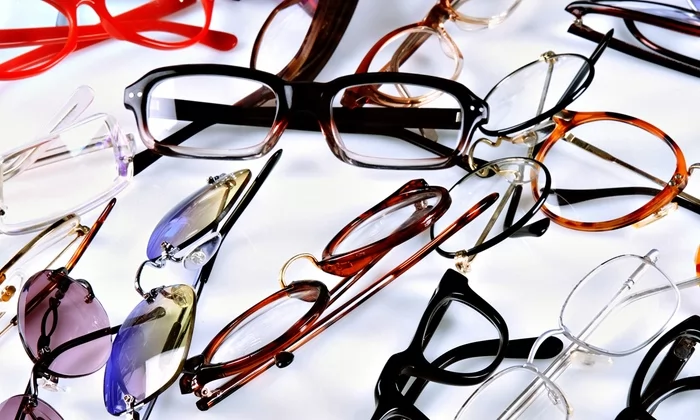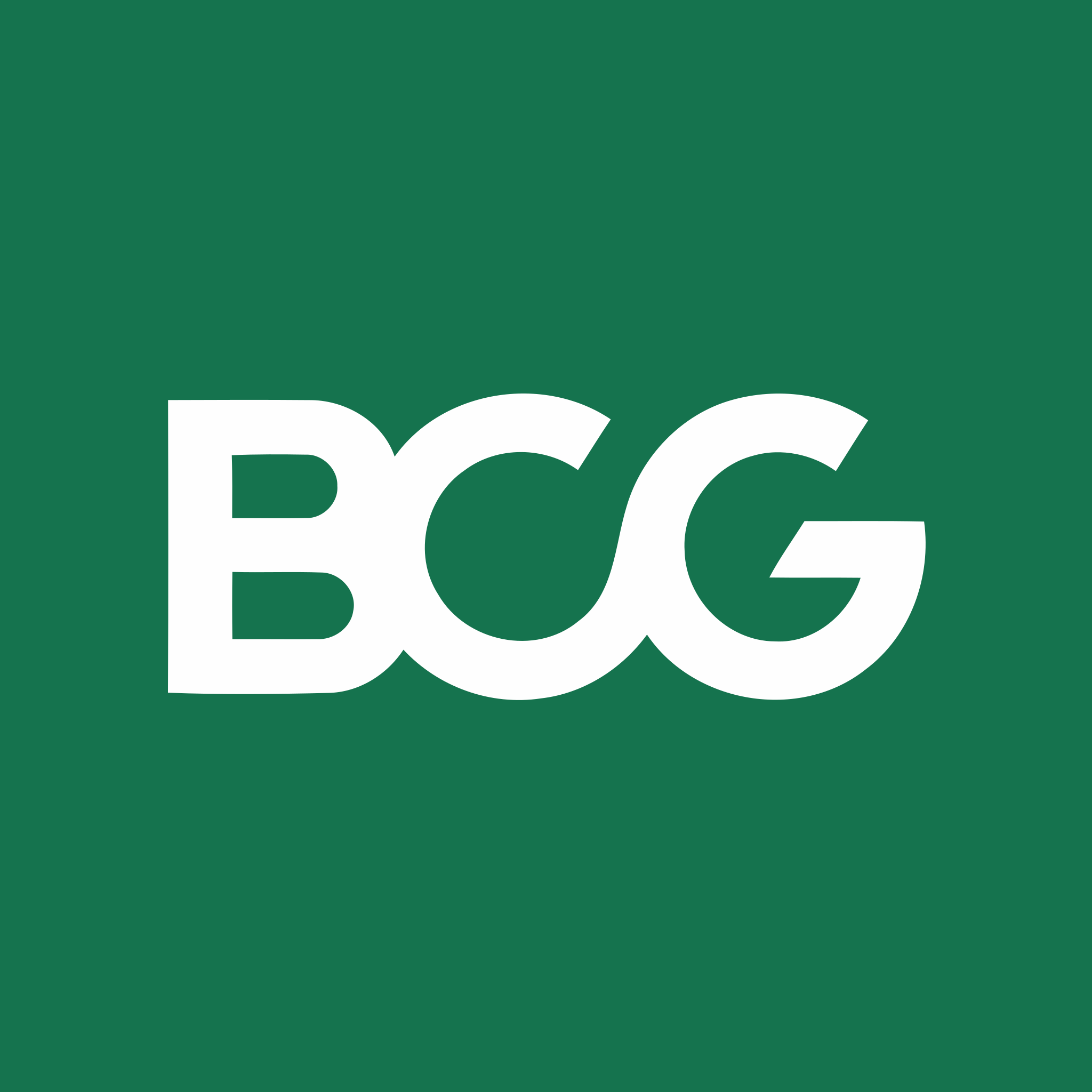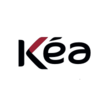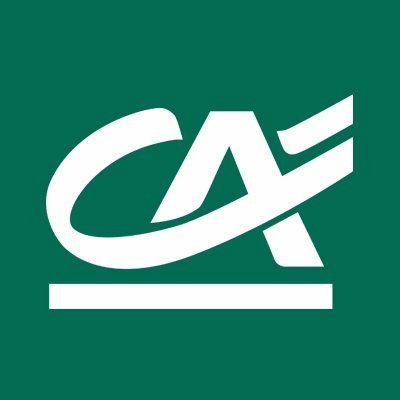Summary of our market study
The global eyewear market is showing promising growth, with a forecast compound annual growth rate (CAGR) of 8.39% between 2022 and 2030, which should increase its value from USD 169.83 billion to USD 323.77 billion.
In the United States, the vision care market has grown from USD 28.43 million in 2011 to USD 38.302 million in 2021, and the reading glasses segment is expected to grow from USD 14.31 billion in 2021 to USD 21.21 billion in 2029.
The value of US imports of HS 9004 code goods has risen steadily over the years, reaching USD 3.04 billion in 2022, although the country relies heavily on eyewear imports mainly from China and Europe, with more than 90% of market needs met by these regions.
Regulatory frameworks such as FDA impact resistance requirements for lenses are imposed to ensure product safety.
Tax deductions are available for eyewear as a medical expense, contributing to affordability and increased demand.
Demand trends in the eyewear market
Between 65% and 75% of American adults over the age of 18 will require some form of vision correction.
This considerable need is fuelled by increasing screen time, the natural aging process and genetic predisposition.
Between 60% and 65% of adults opt for some type of vision aid, mainly glasses. Contact lenses and surgery are less common.
The interaction between demographics and eyesight cannot be overstated. Projections indicate that by 2060, between 20% and 25% of the US population will belong to the elderly category, so we implicitly expect an increase in demand for eyewear.
In the eyewear market, a distinction is made between non-corrective and corrective eyewear. Non-corrective eyewear, such as sunglasses, plays more of an accessory role, while corrective eyewear, which covers both glasses and contact lenses, meets consumers' essential needs.
The market's leading innovators and trendsetters
The global eyewear market is a dynamic and highly competitive field, in which several key players have made significant contributions to the industry.
Luxottica with the Ray-Ban and Oakley brands.
Visionworks of America appeals to a wide range of consumers thanks to its affordable prices
Vision Source is well known in the mid-price segment
National Vision Holdings a leading name in the low-price segment.
Walmart and Costco Optical are retail giants
Eyecare Partners is a group that emphasizes the importance of comprehensive eye care services.
EssilorLuxottica**, formed from the merger of Essilor and Luxottica, is a favrication and distribution powerhouse
Bausch and Lomb, Carl Zeiss AG, Charmant Group, CooperVision, Warby Parker** are also major market players.
to understand this market
Detailed content of our market study
 Inforamtion
Inforamtion
- Number of pages : 35 pages
- Format : Digital and PDF versions
- Last update :
 Summary and extracts
Summary and extracts
1 Market overview
1.1 Presentation and definition of the eyewear market
The optical market includes items and accessories worn for the eyes. Glasses are worn for a number of reasons, among the most common being their use as a fashion accessory, due to poor vision or for protection. The three largest categories in the optical market are :
- The glasses;
- The sunglasses;
- Contact lenses.
The market therefore includes all players and processes involved in the design, production and retailing of optics-related products. At the global level, growth projections are promising The ageing of the population and increasing life expectancy around the world should make eyewear indispensable to more people. In developed countries, estimates are reinforced by rising disposable income, which should encourage premiumization in all segments, particularly for non-corrective eyewear.
The North American market is also expected to be influenced by continued exposure to digital applications (such as desktops and smartphones) that have significantly intensified vision problems. In addition, the government is strengthening its prevention campaigns on vision problems and has made mandatory presence of at least one vision screening centre in each primary health care facility .
1.2 A growing global market
CAGR, or Compound Annual Growth Rate, is a metric used to determine the average annual growth rate of an investment or a company's revenue over a specific period. In this case, the CAGR between **** and **** is calculated to *.**% for the global eyeswear market, indicating that the market is expected to grow consistently over this period. The turnover is projected to increase from $***.** billion in **** to $***.** billion in ****, with estimations for each year showing a steady upward trend.
Value of the global eyewear market Worldwide, **** - ****, in billion U.S. dollars Source: ****
Despite its relative maturity, the growing demand for eyewear was mainly driven by the increase in cases of myopia and presbyopia related to the evolution of the lifestyle the trend is also influenced by the aging of the world's population and the fact that the number of people with disabilities is increasing (***). In addition, the influence of fashion, which supports the demand for eyeglass frames and sunglasses, continues to grow.
1.3 Growth in eyewear sales in the United States
The total value of the vision care market in the United States experienced growth from **.** million USD in **** to **.*** million USD in ****. The market saw a dip in revenue in **** but recovered in ****.
Total value of the vision care market United States, **** to ****, in million USD Source: ****
One of the reasons for this is the growing awareness of the importance of eye health. This has resulted in increased funding from private and government sources to educate Americans about possible solutions to vision problems that are available in the marketplace.
Estimated size of the reading glasses market United States, **** - ****, in billion U.S. dollars Source: ****
In summary, the table shows a significant growth in the reading glasses market, with a noticeable increase from $**.** billion in **** to $**.** USD in ****. The forecasted compound annual growth rate (***) for the period of ****-**** is *.**%.
1.4 International trade
The U.S. export value of goods under HS Code **** experienced fluctuations between **** and ****. In ****, the export value was $***.* million, which increased to $***.** million in ****. A slight uptick was observed in **** with $***.** million, followed by a significant rise to $***.** million in ****. The export value peaked at $***.** million in **** before dropping to $***.** million in ****. The downward trend continued with $***.* million in **** and $***.** million in ****. In ****, the export value slightly decreased to $***.** million, followed by a sharp decline to $***.** million in ****. However, the export value rebounded to $***.** million in **** and further increased to $***.** million in ****.
U.S. export value of goods of HS Code **** United States, **** - ****, in million U.S. dollars Source: ****
The market is heavily dependent on imports. Between **** and ****, the import value of goods with HS Code **** in the United States has experienced a steady increase. In ****, the import value was *.** billion U.S. dollars, and it gradually rose to *.** billion U.S. dollars in ****. The highest growth rate was observed between **** and ****, with an increase of *.** billion U.S. dollars. Overall, the data shows a consistent upward trend in the U.S. import value of goods with HS Code **** during this period.
U.S. import value of goods of ...
2 Demand Analysis
2.1 Summary of the application
There are many sub-segments in the eyewear industry, a relevant distinction in the analysis of demand is based on the use of eyewear:
Non-corrective use (***) Corrective use (***)
The share of the population benefiting from the product is undoubtedly a relevant variable influencing the current and future turnover of the industry. Nevertheless, it is relatively difficult to estimate the number of Americans wearing eyeglasses because there are many variables to consider. Customers alternate between glasses and contact lenses. It is also possible that the sunglasses they use are prescribed by a doctor but are only for sun protection or are simply used as a fashion accessory.
Nearly **% of American adults aged ** and older require some form of vision correction. Factors such as increased screen time, aging population, and genetic predisposition contribute to this high prevalence. About **% of adults use vision correction methods, including glasses, contact lenses, and/or corrective surgeries, with glasses being the most common form, followed by contact lenses, and surgeries like LASIK being less common.
Proportion of people wearing visual aids United States, ****, in % Source: ****
A discrepancy becomes apparent between people who need glasses and people who actually wear glasses.
Many individuals begin needing glasses between the ages of ...
2.2 The average spectacle wearer
Gender-based Eyewear Statistics
Over **% of women require glasses for vision correction, indicating a high prevalence of vision issues such as nearsightedness, farsightedness, astigmatism, and presbyopia among them. In comparison, only **% of men wear glasses, possibly due to a lower likelihood of seeking eye check-ups or addressing health concerns.
Share of woman who wear glasses United States, ****, in % Source: ****
Share of men who wear glasses United States, ****, in % Source: ****
As women age, they are more prone to nearsightedness and may require prescription glasses. They also access eye care more frequently than men, increasing their likelihood of needing glasses. Additionally, hormonal fluctuations during pregnancy and menopause may cause vision changes in women due to estrogen and progesterone levels.
2.3 Factors determining the demand
Visual problems in the population
In the sub-segment of eyeglasses, Nearly **% of American adults aged ** and older require some form of vision correction. Factors such as increased screen time, aging population, and genetic predisposition contribute to this high prevalence. About **% of adults use vision correction methods, including glasses, contact lenses, and/or corrective surgeries, with glasses being the most common form, followed by contact lenses, and surgeries. [***]
Demographic change
According to recent projections, by the year ****, nearly one in four Americans will be classified as an older adult. This significant demographic shift is expected to have a substantial impact on various aspects of health, including the demand for eyewear such as eyeglasses and contact lenses. As people age, their eyesight tends to deteriorate, making it increasingly necessary for them to rely on corrective eyewear to maintain their quality of life. Consequently, the eyewear industry is poised to experience a surge in demand, driven by the growing older adult population.
Projections of the Older Adult Population: **** to **** By ****, nearly one in four Americans is projected to be an older adult. United States, ****, in total number and percent Source: ****
Lifestyle changes The technological transformations affecting society, both in the field of work and ...
3 Market structure
3.1 Value chain & Distribution channels
This is a simplified value chain form, which includes customer retention and relationship management after the distribution stage. Customer service and relationship management are vital in maintaining strong customer connections.
While a significant portion of eyeglasses is still purchased in brick-and-mortar shops, e-commerce is experiencing rapid growth. The following statistics provide a comparison between these two distribution channels:
Eyewear statistics by distribution channels United States, ****, in % Source: ****
It can be assumed that the importance of e-commerce will increase. However, there are differences in the buying habits of the buyers. Regarding eyewear purchases, **% of adults with purchase plans prefer independent stores due to the unique and personalized experience they offer. These stores provide a more comprehensive selection of frames, including designer and niche brands. **% of adults plan to buy from chain stores, which may offer more competitive pricing. Additionally, **% of adults plan to buy from discount stores, although they might have a limited range of options and may lack the personalized attention found at independent or chain stores.
Adults with eyewear purchase plans plan to buy at United States, ****, in % Source: Overnightglasses
3.2 Production
The traditional dominance of specific distribution channels
Based on export and import statistics, US eyewear production is not very large compared to the rest of the market. In fact, more than **% of eyewear sold in the United States is manufactured in China or Europe. [***]
During the second half of the **th century, only a few companies such as Randolph Engineering and Shuron guaranteed the survival of the eyewear industry. Nevertheless, national production is now being buoyed by more favorable winds. In recent years, a new generation of brands has begun to offer American-made acetate frames:
State Optical Co. Founded in **** and based in the state of Chicago, the company has built a new plant equipped with ** Italian machines. It now employs some ** workers, all newcomers to the eyewear industry. For its glasses, the company uses Mazzucchelli acetate in Italy and OBE hinges in Germany. It is characterized by its production form focused on details, such as beveled edges and customized branch tips that highlight the skills acquired in the hand-finishing process.
Dom Vetro was founded in **** and is the first company to design and manufacture its entire eyewear line in Los Angeles. Initially, the company focused on producing luxury eyewear in ...
4 Analysis of the offer
4.1 Companies in the market
The global eyewear market is a highly competitive industry, with several key players dominating the market. Some of the major companies include Bausch and Lomb Inc., Carl Zeiss AG, Charmant Group, CooperVision, Warby Parker, and EssilorLuxottica. These companies are known for their innovative products, quality, and wide-ranging consumer base.
In the United States, Luxottica and Vision Source: ****
These market leaders have contributed significantly to the growth of the global eyewear industry. Their continuous efforts in research and development, as well as their commitment to providing high-quality products, have enabled them to maintain their positions in the market. As the demand for eyewear continues to rise, these key players are expected to remain at the forefront of the industry, shaping the future of eyewear and ensuring consumers have access to the best products available.
Sales of the U.S. leading optical retailers United States, ****, in billion USD Source: ****
The luxury eyewear industry, which includes high-end glasses, sunglasses, and other optical products, has become a significant market in the world of fashion. With an estimated worth of £**.** billion in ****, this sector caters to discerning consumers who demand quality and luxury in their eyewear. These products can be found in high-end boutiques and through ...
4.2 A wide gap between prices and willingness to pay
To each his own glasses
Prices vary considerably within the different product categories of the eyewear industry. Products that are intended to last longer (***) have higher prices than products that are limited in time.
The largest gap is observed between spectacle lenses and contact lenses. The estimated number of contact lens wearers in the United States is ** million. [***] However, this product generates the lowest turnover of all categories because its unit price is the lowest. The average cost of glasses frames is $***, and basic single-vision lenses cost around $***. Without insurance, an average pair of glasses typically costs around $***.
Composition of the average price United States, ****, in USD Source: ****
However, it can be observed that there is a difference between the pricing and the amount that customers are willing to pay. Consumers plan to spend an average of $*** on their next eyewear purchase, with factors such as location, type, and brand influencing the cost. Additionally, **% of eyeglasses frame purchases are priced at $*** or less, due to the increasing availability of affordable options from online retailers.
The statistics show the price differential between categories and the average price per unit, without considering the three sub-segments in terms of positioning mentioned below (***).
Price ...
4.3 Possible threats to the current market structure
A number of social, demographic, and economic factors are expected to enhance market dynamics, both globally and nationally (***). However, several potential threats are developing, which could also have an impact on market developments
Latest innovations
About **% of the world's population will be nearsighted by ****. In the future, this may not translate into an increase in the optical market. Research by scientists at Israel's Bar-Ilan University has developed an alternative solution to treat nearsightedness and farsightedness that could replace traditional eyeglasses: "nano-drops". These eye drops composed of non-toxic protein nanoparticles would have the same corrective effect as glasses or contact lenses. [***]
Current Innovations
Laser eye surgery is one existing innovation that could potentially pose a threat to corrective eye care. This technology was invented in the ****s after years of experimentation and testing, although it has long been associated with several drawbacks. [***]
Recently, an evolution of the technique and procedures of Lasik, makes it progressively safer and cheaper. [***]
4.4 Distribution trends
Customization
A trend affecting prescription and non-corrective eyewear is the gradual impact of personalization on consumer buying habits. According to a study conducted by Deloitte. One in three consumers base their purchases on the ability to personalize a product. The trend affects all industries and is particularly interesting to the consumer goods market, with a predominance of the fashion industry.
The possibility of obtaining a tailor-made product can convince **% of consumers to pay a premium. The result of companies that adopt this changing nature of consumer purchasing behavior is to gradually allow the customer to choose his or her tailor-made product. A growing number of companies are moving away from the concept of "one size fits all" in order to improve the customer experience with a highly personalized offer. Some players are setting the trend in the eyewear industry, offering the possibility of modeling glasses based, for example, on a *D facial scan.
Sustainability
Growing consumer awareness of the impact of sustainable, green, and environmentally friendly choices has transformed how companies position themselves and offer their products.
Sustainable awareness has a significant impact on the behavior of American consumers **% of consumers respondents reported that they consider environmental issues when purchasing a ...
5 Regulations
5.1 Regulation of the sale of eyeglasses
Due to the particular nature of the product categories, all eyewear, whether worn for vision correction or not, is subject to specific and strict regulations at national and international level.
In the United States, sunglasses, eyeglass frames, eyeglass lenses and magnifying glasses are medical devices exempt from the notification ***(***), several other FDA regulations apply:
U.S. manufacturers and original U.S. distributors (***) must register their facilities with the FDA Foreign manufacturers must register their facility with the FDA and appoint a U.S. agent Manufacturers must register their devices with the FDA; Manufacturers must meet the quality system (***) requirements set forth in ** CFR *** Eyeglass and/or sunglass lenses must be certified as impact resistant in accordance with ** CFR Part ***.***.
Manufacturers of magnifiers, eyeglass frames, eyeglass lenses and sunglasses must list each of the devices manufactured by the company. The Medical Device Listing provides instructions on how to list new devices.
Eyeglass lenses and sunglasses sold in the U.S. must comply with impact resistant lens regulations, ** CFR ***.***, Use of impact-resistant lenses in spectacles and sunglasses. One certificate illustrating the compliance of the lens with ** CFR ***.*** must accompany each lot of eyeglass lenses and sunglasses intended for entry into the United ...
5.2 Fiscal aspects of regulation
Tax advantages are possible, both for product categories and for medical visits. According to the U.S. tax agency, the purchase of eyeglasses may be deductible because they count as a "medical expense," which can be claimed as a deductible itemized expense on Form ***, Schedule A.
To be eligible for this deduction, the medical expenses of the individual, his or her pair and/or dependants must exceed **% of adjusted gross income (***) less deductions. In addition, the taxpayer must have proof of the medical reasons for which the glasses are worn in order to benefit from this deduction
It is also possible to deduct the amount paid for contact lenses By achieving at least **% of the IGA If you have a medical condition, it is possible to claim as many medical expenses as you are legally able to. Products needed for lens care, such as lens cleaners and saline solutions, are also tax deductible. Finally, eye examinations, surgery and vision insurance premiums are also among the services that can be deducted. [***]
6 Positioning of the players
6.1 Segmentation
- Visionworks of America
- Costco Optical
- Eyecare Partners
- National Vision Holdings
- Vision Source
All our studies are available online in PDF format
Take a look at an example of our research on another market!
 Choosing this study means :
Choosing this study means :
Access to more than 35 hours of work
Our studies are the result of over 35 hours of research and analysis. Using our studies allows you to devote more time and added value to your projects.
Benefit from 6 years' experience and over 1,500 industry reports already produced
Our expertise enables us to produce comprehensive studies in all sectors, including niche and emerging markets.
Our know-how and methodology enable us to produce reports that offer unique value for money.
Access to several thousand articles and paid-for data
Businesscoot has access to all the paid economic press as well as exclusive databases to carry out its market research (over 30,000 articles and private sources).
To enhance our research, our analysts also use web indicators (semrush, trends, etc.) to identify market trends and company strategies. (Consult our paying sources)
Guaranteed support after your purchase
A team dedicated to after-sales service, to guarantee you a high level of satisfaction. +44 238 097 0676
A digital format designed for our users
Not only do you have access to a PDF, but also to a digital version designed for our customers. This version gives you access to sources, data in Excel format and graphics. The content of the study can therefore be easily retrieved and adapted for your specific needs.
 Our offers :
Our offers :
the optical market | United States
- What are the figures on the size and growth of the market?
- What is driving the growth of the market and its evolution?
- What is the positioning of companies in the value chain?
- Data from several dozen databases
5 reports pack (-15%) USA United States
- 5 reports at €75.6 excluding VAT per study to choose from our American catalogue for 12 months
- Save 15% on additional studies purchased
- Choose to be refunded any unused credit at the end of the 12-month period (duration of the pack)
See the terms and conditions of the pack and the refund of unused credit.


















